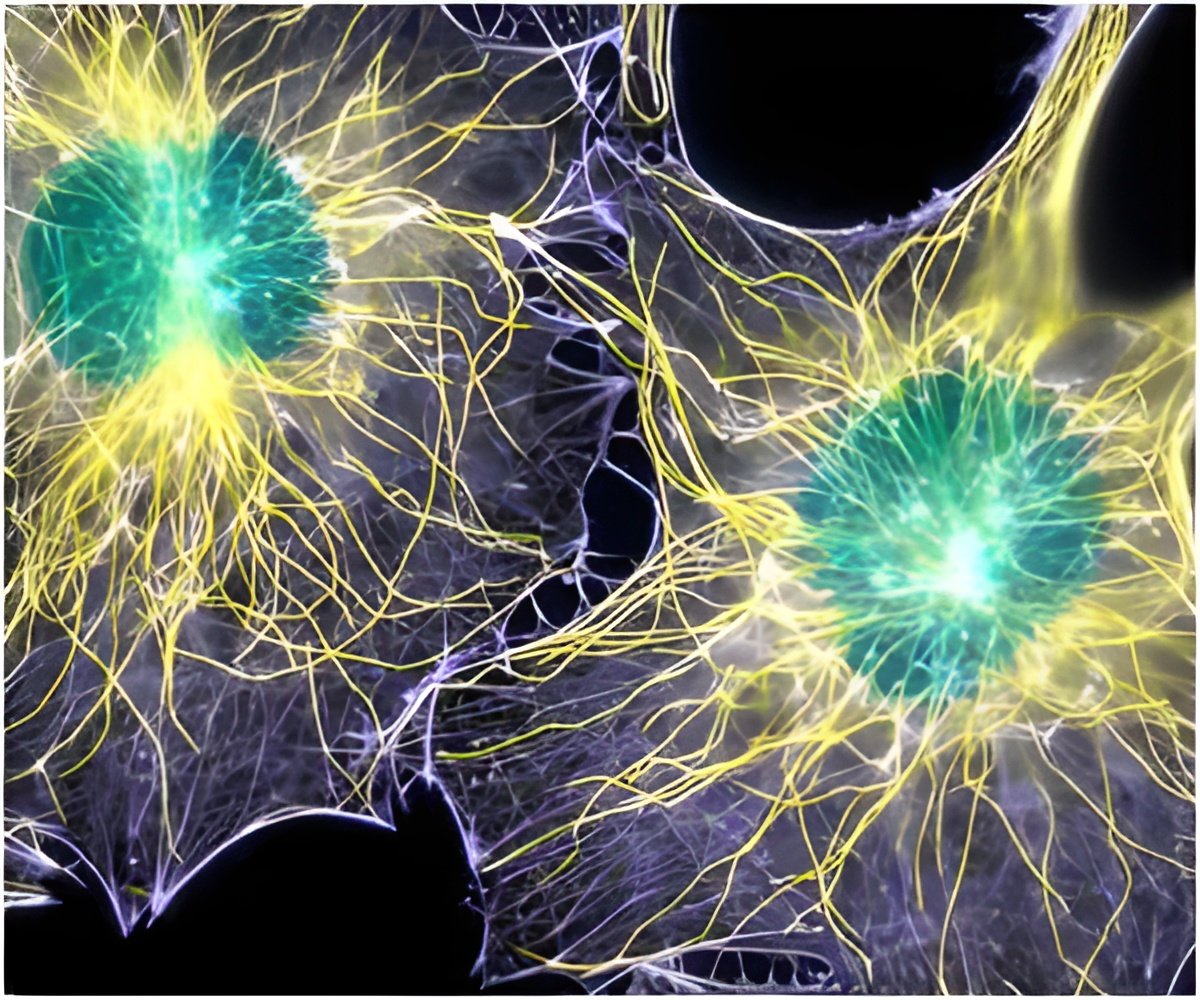Scientists at Washington University School of Medicine in St. Louis have discovered a security system in host cells thanks to viruses.

The findings, published in Nature, solve a 35-year-old mystery that began when National Institutes of Health researcher Bernard Moss, MD, PhD, noticed that poxviruses put chemical "caps" on particular spots in every piece of genetic material transcribed from their DNA. That transcribed material is RNA; to reproduce, viruses need to trick the host cell into making viral proteins from this RNA.
Noting evidence that the host cell puts caps on its own RNA in identical positions, Moss theorized that the caps might be a way for cells to distinguish between their RNA and that of an invader. He guessed the caps might serve as a sort of fake identification badge for the virus' RNA, allowing it to bypass host cell security systems primed to attack any RNA lacking the caps.
Since Moss's study, scientists have learned that some viruses have strategies for stealing RNA caps from host cells and putting them on their own RNA. Several disease-causing viruses have to make their own caps, including:
- poxviruses, which cause smallpox
- flaviviruses, which cause West Nile encephalitis, yellow fever and dengue;
- rhabdoviruses, which cause rabies;
- coronaviruses, which cause SARS;
- reoviruses, which cause mild respiratory distress or diarrhea.
Advertisement
Next, scientists injected the mutant virus into mice lacking the receptors for interferons. These proteins are important players in defensive reactions to invading viruses within the cell, a branch of the immune system known as intrinsic immunity. The mutant virus made these mice sick, suggesting that intrinsic immunity stops the mutant viruses in normal mice, and that the 2' cap was helping normal viruses evade this part of the immune system.
Advertisement
"Now that we know what this cap is used for, we can look at the question of whether the human and viral enzymes that put the cap on are sufficiently different," says Diamond. "If they are, we may be able to design inhibitors that prevent viruses from capping their RNA and make it much harder for them to replicate once the intrinsic immune system is activated."
Source-Eurekalert









